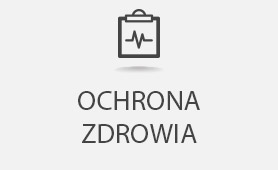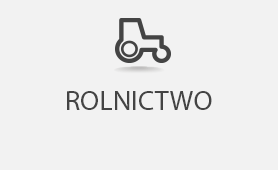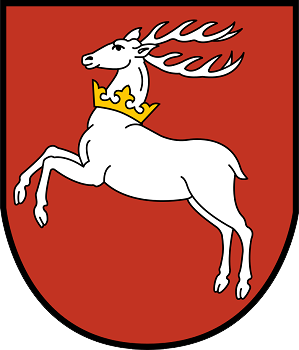EN – WELCOME TO THE LUBELSKIE REGION
The location on the eastern EU border with Ukraine and Belarus is one of the assets of the Lubelskie Region – a place friendly to investors, willing to act in the neighborhood of eastern markets. There are 6 transcontinental road and railway routes from Brussels, Berlin and Warsaw to Lviv, Odessa, Kiev, Minsk and Moscow running through our region and six border-crossing points. The border crossing points in the region serve almost half of the passenger and cargo traffic traversing the whole eastern border. In Koroszyn there is one of the most modern terminals of cargo clearance in Europe and in Małoszewice the biggest car and railway reloading port in this part of the continent. An important role in transporting goods on the route from Asia to Europe is played by the Metallurgical Broad-Gauge Line.
With four universities, a technical university and a few private higher education schools, Lublin is one of the biggest academic centres in the country – every fourth citizen is a student. It is worth mentioning that the offers of the Lublin universities encourage thousands of young people from the Ukraine, Belarus, Kazakhstan and the Commonwealth of Independent States. Candidates for a doctor’s degree from those countries are educated in the Ph.D. College of Polish and Ukrainian Universities. More than one hundred thousand people study in twenty higher education schools across the whole region.
Numerous state research institutes and research and development centres operate next to the universities, among others the Agrophysics Institute of Polish Academy of Sciences and the National Fodder Laboratory of Zootechnics Institute in Lublin and the prestigious centres in Puławy: the Institute of Soil Science and Plant Cultivation, the National Veterinary Research Institute, the Fertilizers Research Institute, the Apiculture Division of the Research Institute of Pomology and Floriculture, the Biological Threats Identification and Countermeasure Centre of the Military Institute of Hygiene and Epidemiology, the Experimental Plant of the Research Institute of Basic Technology Problems (State Academy of Sciences).Thanks to a strong scientific background the most promising for the region is the sector of new technologies.
The economy of the region is based on agriculture – the Lubelskie Region with its good soil and climate conditions is a national leader of numerous agriculture and horticulture cultivations, among others hop, raspberries, currants and strawberries. In recent years there has been a dynamic development of production and processing of healthy, certified food. Cultivation of energetic plants is also becoming more and more popular.
Important industry roles are played by the following sectors: construction – based on local deposits of limestone, chalk, marl and sand , timber and furniture sector using forest stands of state forests, mining – with mining sector of hard coal, and machinery sector- with production of helicopters, tractors, agriculture and construction machines.
The Lubelskie Region is an area attractive for tourists who like active rest, there are thousands of kilometres of marked walking trails, cycle and horse riding routes and numerous nature trails in national and landscape parks. Resting and relaxing in close contact with nature is guaranteed by hundreds of farm stays specialized in the production of traditional products , regional cuisine, running horse riding schools, fisheries, organizing canoe rails, bicycle races or photographic safari.
Apart from the richness of its nature, Lubelskie offers many places and monuments connected with various cultures and religions. The most important is Zamość – an ideal renaissance city included in the UNESCO world heritage list, which was built and resided in the past by Catholics, Orthodox Christians, Greeks, Jews and Armenians. The best example of intermingling of cultures and religions of eastern and western Europe is the Holy Trinity Chapel in the Lublin Castle – a world class monument combining gothic architecture with Ruthenian-Byzantine paintings.












 Oficjalny portal województwa lubelskiego prowadzony przez Urząd Marszałkowski Województwa Lubelskiego
Oficjalny portal województwa lubelskiego prowadzony przez Urząd Marszałkowski Województwa Lubelskiego